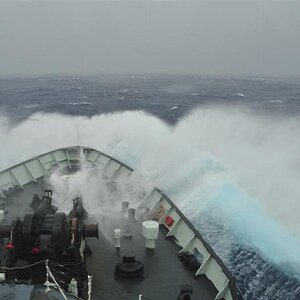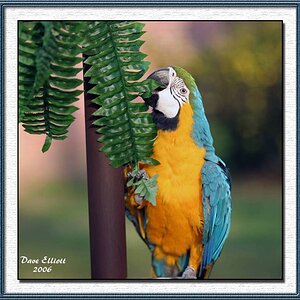Designer
Been spending a lot of time on here!
- Joined
- Apr 13, 2012
- Messages
- 18,505
- Reaction score
- 4,853
- Location
- Iowa
- Can others edit my Photos
- Photos OK to edit
Yes, I considered that, but even at 20 seconds, you're going to get motion blur, and any still photo will not convey the motion anyway.What about the auroras movement?I'm trying to lower the shutter speed to get more detail in. I'll give it a try any wayThank you!
The best way to capture the motion is to make a video. I think it has been done, but I don't know what kind of camera was used.


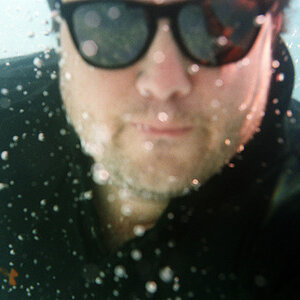
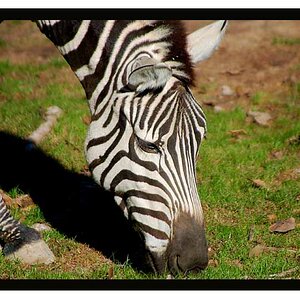

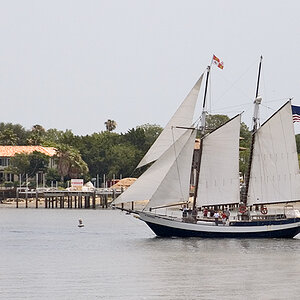
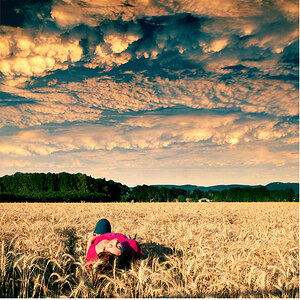
![[No title]](/data/xfmg/thumbnail/38/38263-ad5e4c9e677626ddb5b1e7cdf9ebe40e.jpg?1619738548)
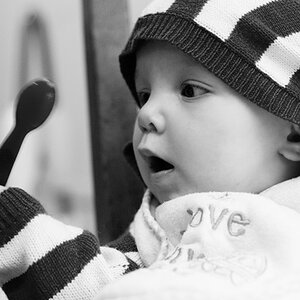
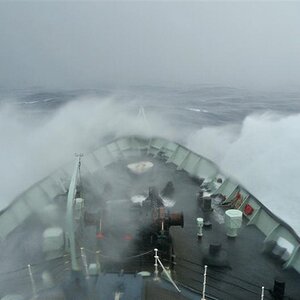
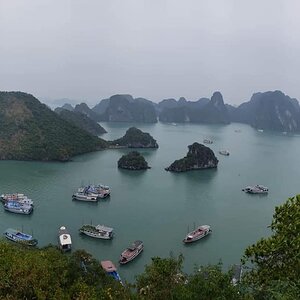
![[No title]](/data/xfmg/thumbnail/38/38264-552eb428d8a704186dcc43400f417d0f.jpg?1619738548)
